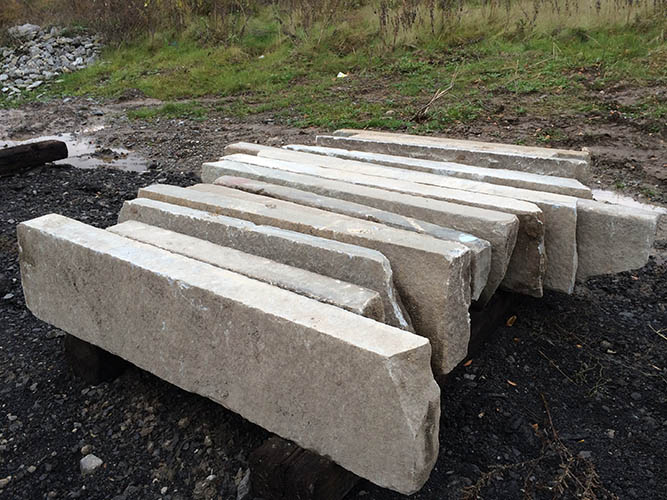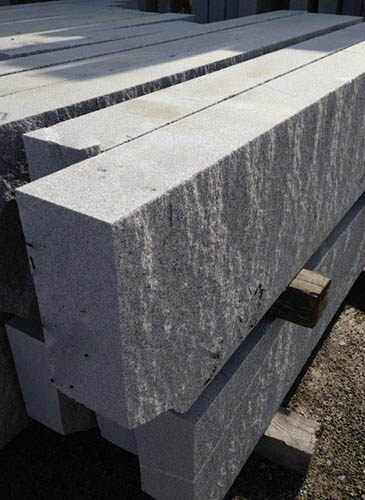Reclaimed Curbing
Reclaimed Granite Curbing
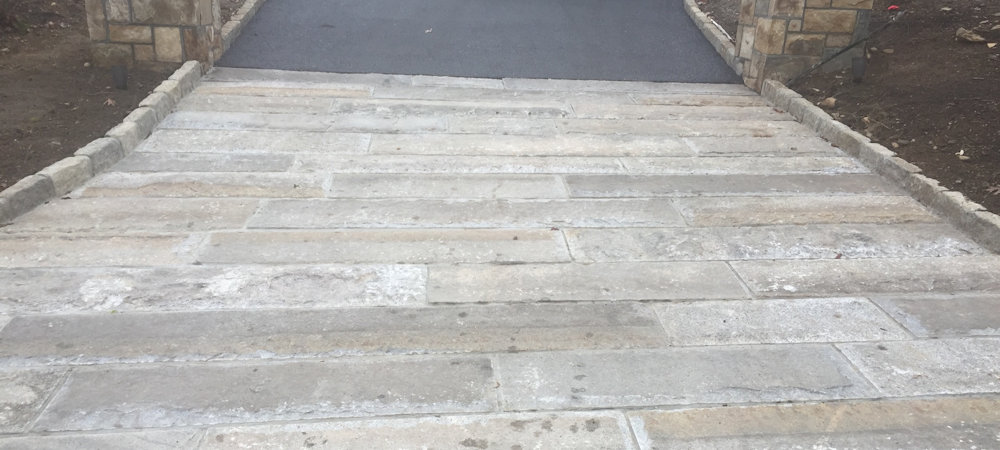
Reclaimed granite curbing makes a statement when used for a driveway apron. (more pictures)
Reclaimed Granite Curbing
For more than 120 years, granite curbing was used in the construction of new roadways. But as streets are repaved today, these beautiful, durable materials are often discarded—that’s where we come in. At Experienced Brick & Stone, we reclaim granite curbing from multiple generations and in a variety of colors, including light to dark gray, red, brown and white.
Over the past century, the tools and methods used to produce stone curbing have changed dramatically, resulting in distinct generations of historic curbing. To learn more, visit the history section.
Our enterprising customers find many creative uses for old curbing: steps, benches, retaining walls around gardens and ponds, and of course its original purpose, edging for driveways and walkways.
Curbing as Rustic Steps
You can create steps from salvaged curbing that has a relatively flat face and top. Just lay the curb on its side, creating a step tread with all the character of a stone carved a century ago.
Curbing as Paving Stones
Curbing with one relatively flat side can be laid down as large pavers to create patios, driveways and walkways. The joint between the slabs can be straight and tight for a more formal look, or wider and rough for a more rustic appearance.
Curbing as Retaining Walls
When laid flat and stacked, curbing makes great retaining walls up to 10 feet high and provides many design options. The curb may be dry stacked, pinned together, battered or mortared. To create a clean look, expose the finished tops. For rustic appeal, expose the bottoms — or try a combination of both for a beautiful variation in texture.
Curbing as… Curbing!
Of course, the antique curbing we recover can be used as curbing again. It also works well for an edge restraint for steps, raised garden beds or stone path edging.
To discover more about the history of our reclaimed curbing, visit the History section below.
View Gallery Product History Download Cutsheet Request Pricing
View Reclaimed Granite Curbing in Action!
-
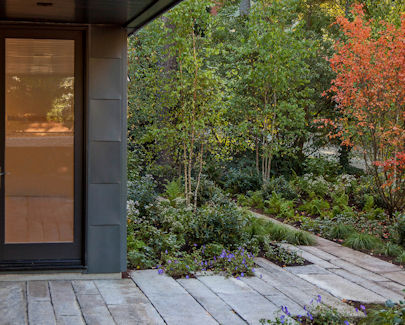 VIEW LARGER
VIEW LARGERGranite Curbing
Varied size and patina on the reclaimed curbing add visual interest and warmth to this path. -
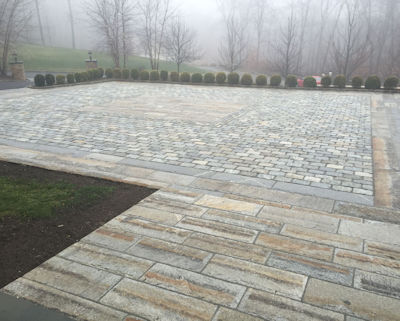 VIEW LARGER
VIEW LARGERGranite Curbing
Authentic granite curbing paving stone driveway -
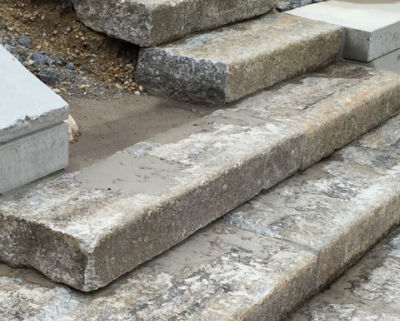 VIEW LARGER
VIEW LARGERGranite Curbing
Generation 1 antique granite curbing used as steps -
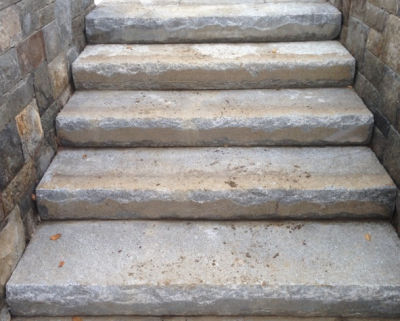 VIEW LARGER
VIEW LARGERGranite Curbing
Staircase built from reclaimed granite curbing -
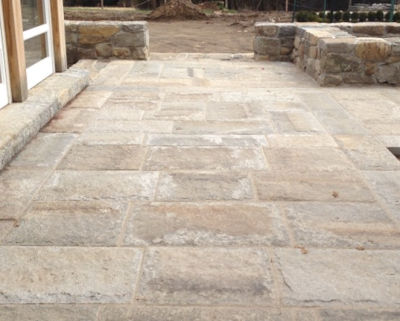 VIEW LARGER
VIEW LARGERGranite Curbing
Patio constructed with used granite curb has historic character -
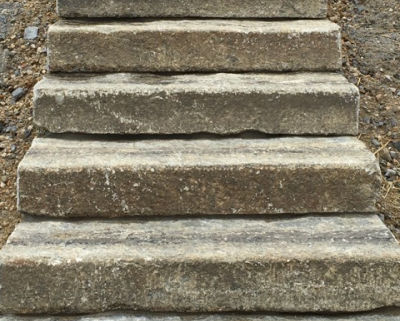 VIEW LARGER
VIEW LARGERGranite Curbing
6” thick salvaged granite curbing makes a new staircase look old -
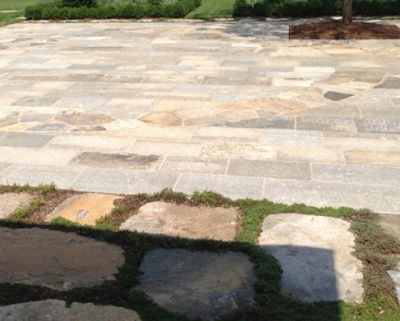 VIEW LARGER
VIEW LARGERGranite Curbing
Old granite curbing is used to create a border around random paving stones -
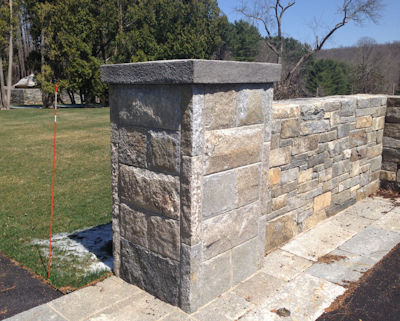 VIEW LARGER
VIEW LARGERGranite Curbing
Rustic granite gate post constructed from used curbing -
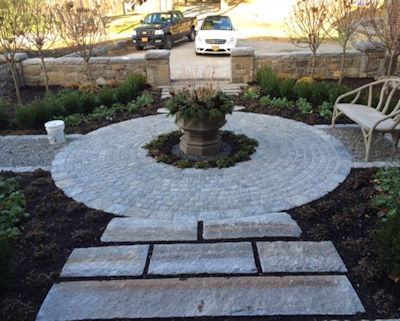 VIEW LARGER
VIEW LARGERGranite Curbing
Celtic Knot Garden used salvaged granite curb and cobblestone for a historic feel -
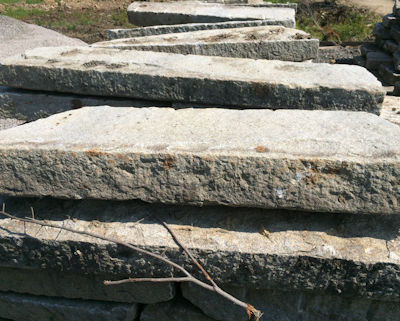 VIEW LARGER
VIEW LARGERGranite Curbing
The 100+ year old tool marks from mason who cut his curb are still visible -
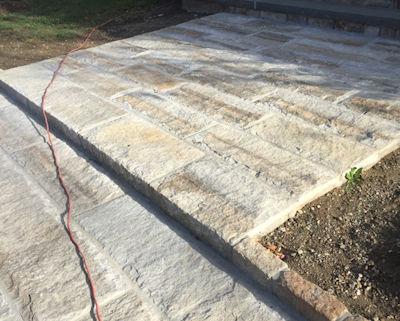 VIEW LARGER
VIEW LARGERGranite Curbing
The walkway to the entrance used granite curb for antique character -
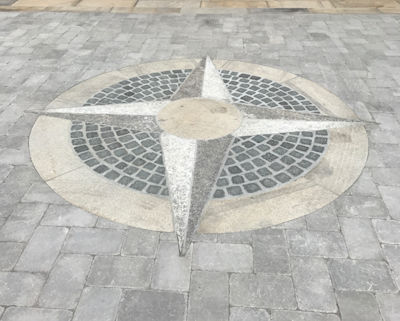 VIEW LARGER
VIEW LARGERGranite Curbing
A creative use of salvaged curbing to create an old compass rose -
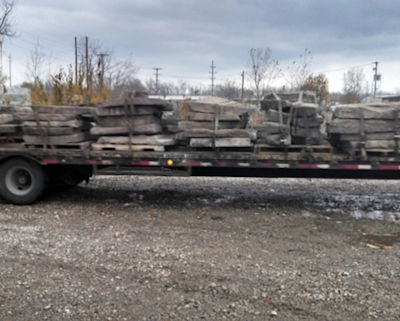 VIEW LARGER
VIEW LARGERGranite Curbing
Curbing freshly removed from the road ready for delivery -
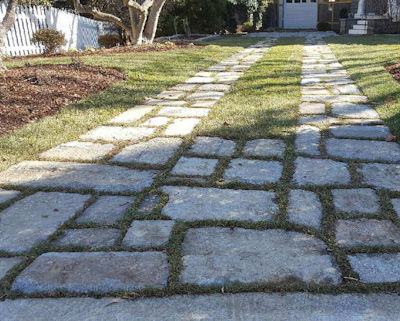 VIEW LARGER
VIEW LARGERGranite Curbing
Random pieces of antique curbing provide this permeable pavement with historic character -
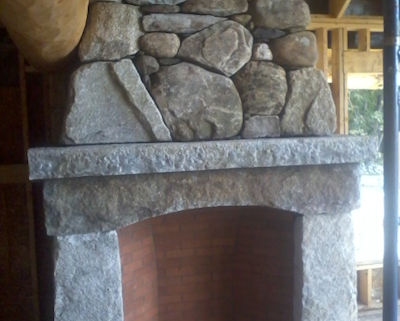 VIEW LARGER
VIEW LARGERGranite Curbing
Fireplace constructed from used granite curbing
Granite Curbing History
Granite curbing has been used for roadways for more than 120 years. Quarried mostly from Vermont, New Hampshire, North Carolina and Georgia, granite curbing can be found in an attractive array of colors, including light to dark gray, red, brown and white.
Over the past century, the tools and methods used to create granite curbing have evolved, resulting in three distinct generations of historic curbing.
Generation 1
The oldest generation is the most rustic. At this time, granite was roughly split to create curbing that ranged from 4-8 inches wide and 12-24 inches in height. The top and street-side face were hand-tooled to create a flatter surface, while the remaining sides were left with a rugged, uneven surface.
To split the stone, a hand drill—or star drill—was hit repeatedly with a hammer to bore a hole in the granite, into which a plug and feather set were inserted. The plugs were then struck with a small stone maul in sequence, creating a ringing sound when the wedges were tight. Workers would pause several minutes between each series of strikes to allow the stone to react to the pressure. Eventually, a crack appeared and the stone split apart.
Marks from the drills used to split the stone, as well as the tools used to flatten two sides, are often still visible today.
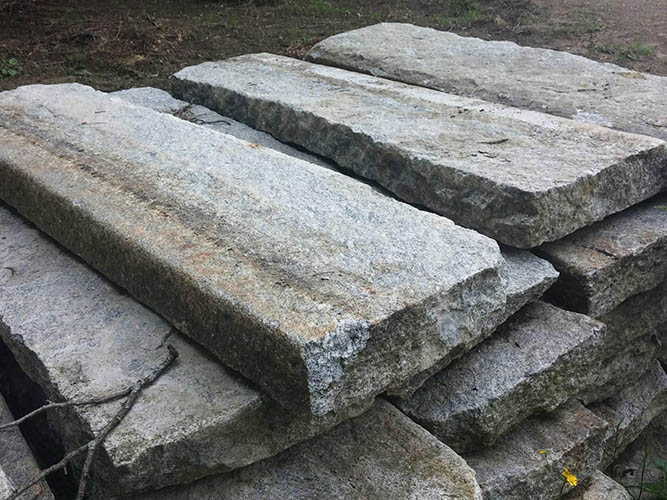
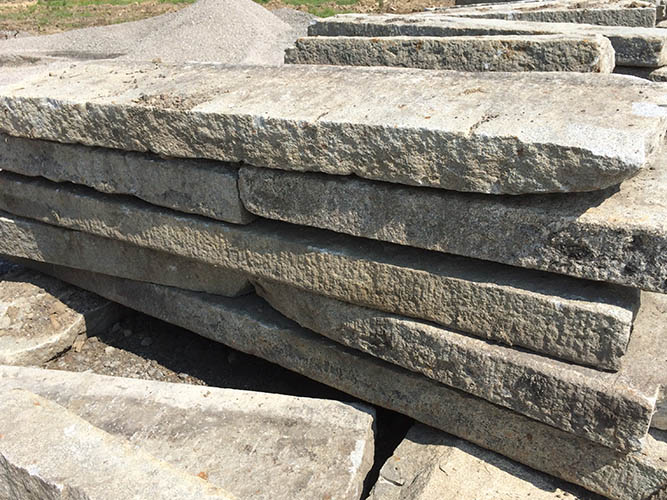
Generation 2
Second generation curbing is distinguished by its sawn top. As quarry tools became more sophisticated, large 12-to-18-inch-thick slabs were cut from rough blocks using a wire saw. These slabs were then split vertically into curbing such that the top was an even saw cut and the remaining five sides were rough. Boreholes from splitting the large slabs are often visible on the bottom of this curbing.
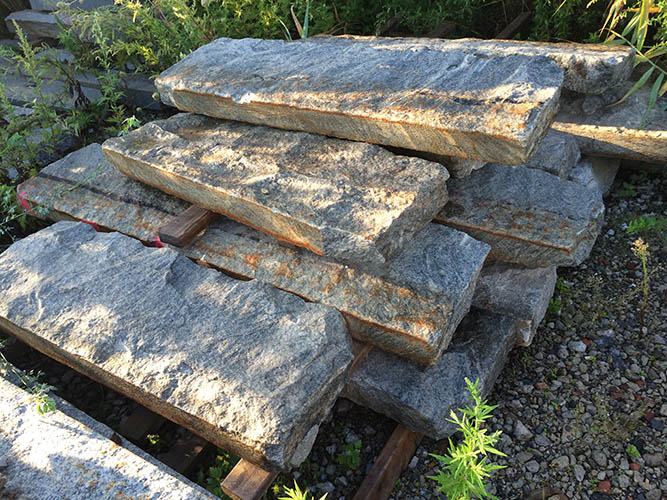
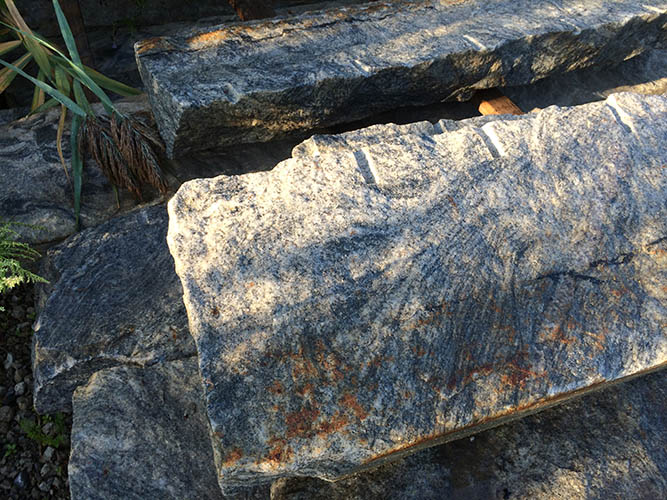
Generation 3
The third generation of curbing is the most recent and features a saw-cut top and bottom. In this era of curbing, the original slab of granite was split with a guillotine, leaving no boreholes or other distinguishing marks.
Most curb has a squared off top. Mountable curb has a chamfered—or sloping—top front edge, which allows vehicles to ride easily over the curb to gain access to spaces behind it.
